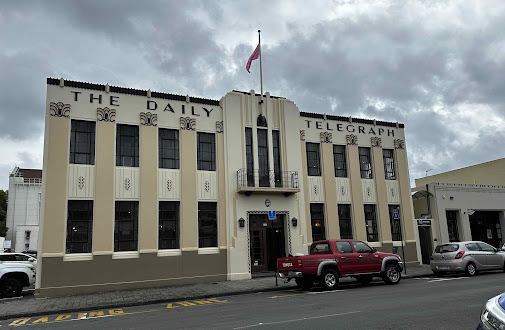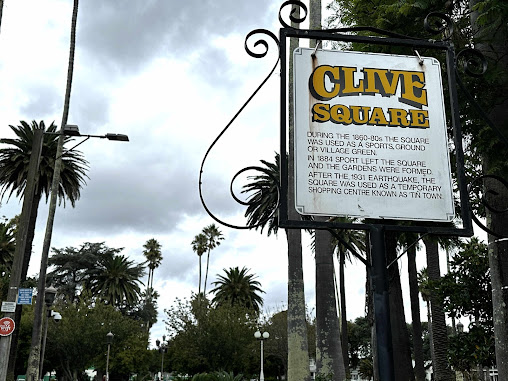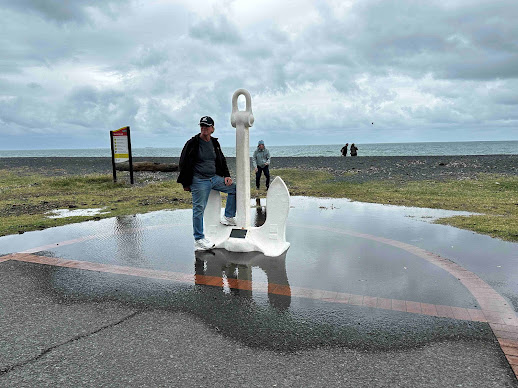Napier is located at Hawkes Bay, on the eastern coast of New Zealand's North Island. It is famous for it Art Deco architecture and wineries.
The bus takes passengers to the information centre located on the waterfront, about 1.5 km away. As it is a working port, one can not walk from the ship to town.
Originally known as Ahuriri, Napier was established by the government in 1855 and is Hawks Bay oldest town, named after Sir Charles Napier, a British military commander. The Maoris living in the area are believed to be one of the first Maori Tribes to come in contact with European Settlers. Captain (then Lieutenant) James Cook and the crew of Endeavour were the first Europeans to sight the area in 1769. He named it Hawkes Bay after Sir Edward Hawke, the First Lord of the Admiralty. By the 1830's the only visitors to the area were whalers, missionaries and traders. The Treaty of Waitangi was brought to Hawke's Bay in June 1840 to collect signatures. In December 1843 a grant of 10 acres of land was given to William Williams and William Colenso from the local people to establish a mission. Further land deeds were purchased from the Ahuriri Maori people and on 22 February 1855 the settlement was declared a Customs House Port of Entry and the name Napier for the area was used.
The town has a lot of murals and one lane off Emerson St has murals on both sides of the lane.
The earthquake of 1931 devastated Napier, and led to the rebuilding of the town in the Art Deco style of architecture, which Napier is known for. At least 256 people perished in the earthquake. It was lovely to walk around admiring the lovely buildings.
There were many cafes and bars open and craft shops along Emerson Street and surrounding streets. At the end is Clive Square, where there was a bush poet reciting New Zealand poetry.
Back at the ship there were these big 'bag/box' type things attached to the ship. We haven't seen these before. They are Automated Vacuum Moorings.
The vintage cars that were at the port in the morning had increased in number and there were also many more people dressed in 1920's costumes. There was a band playing. Really well done Napier, a fabulous port that I look forward to visiting again.
What to see and do in Napier.
- The Art Deco Architecture (do a organised walk or walk the streets yourself.
- Visit a winery.
- Walk along marine parade.
- Cycle some bike trails.
- Cape Kidnappers gannet colony.
- Napier Aquarium
- Do a Hawkes Bay cruise.
- Do an organised bus tour.



























Napier is an interesting city, so pleased you enjoyed your time there. Napier is known for Art Deco buildings and weekends ce,berating this style. My late sister Kathleen and her family lived in Hastings, not too far away, so we spent a lot of time in this area over the years.
ReplyDelete